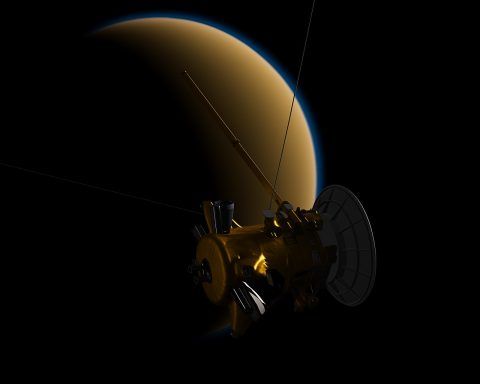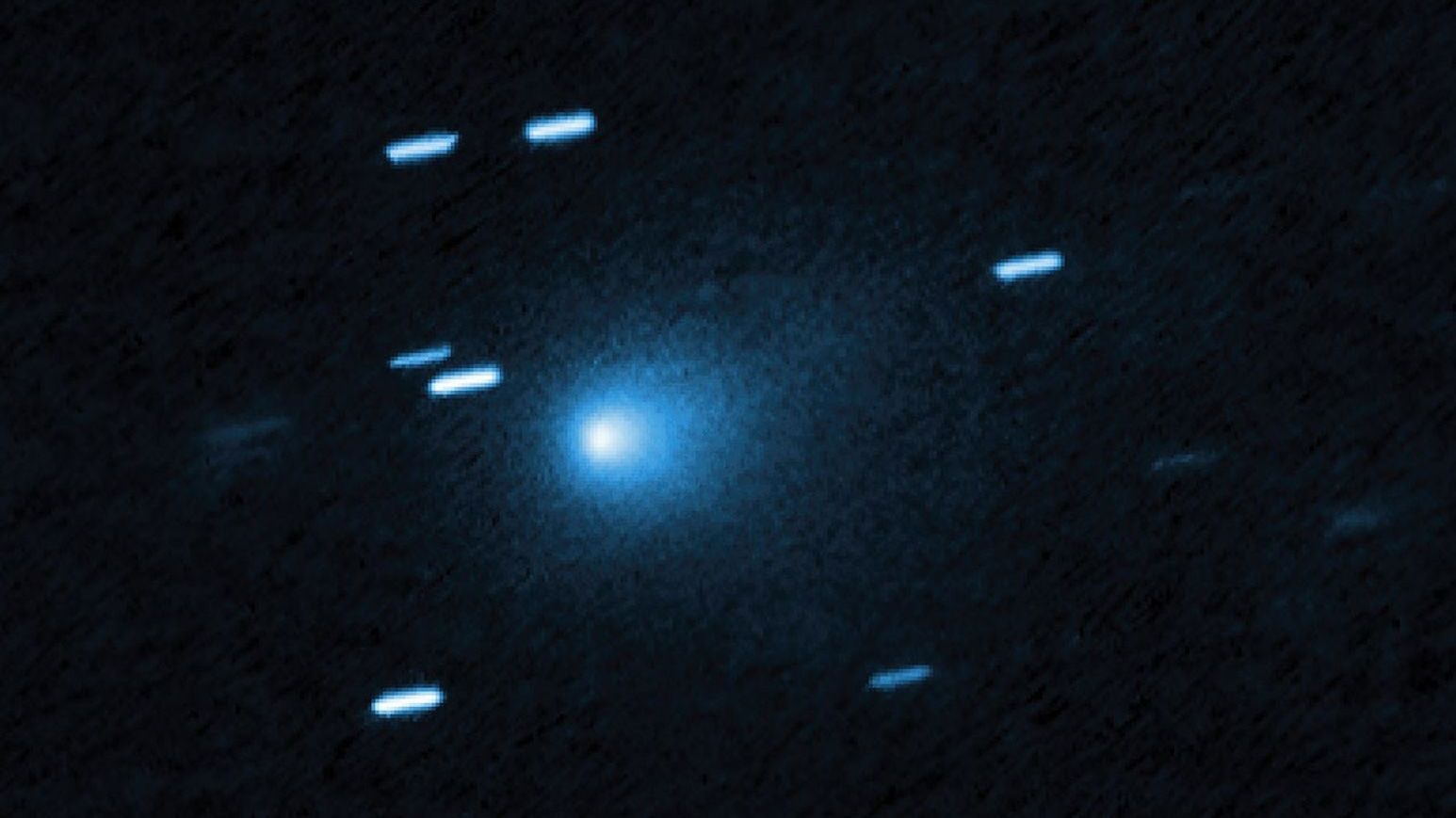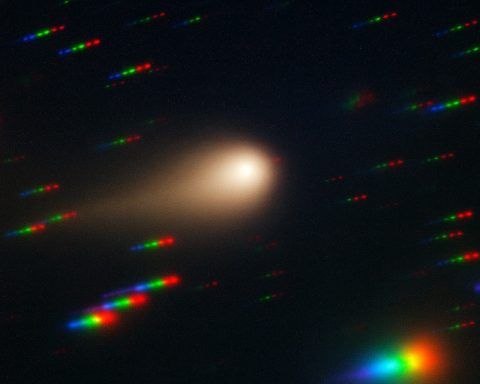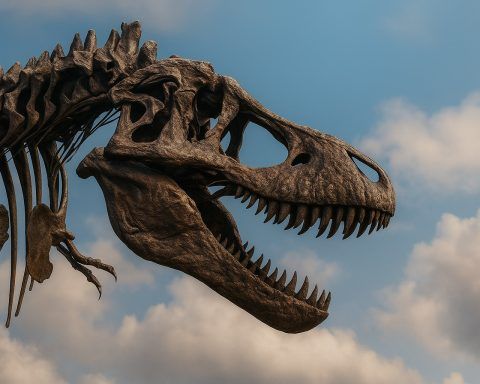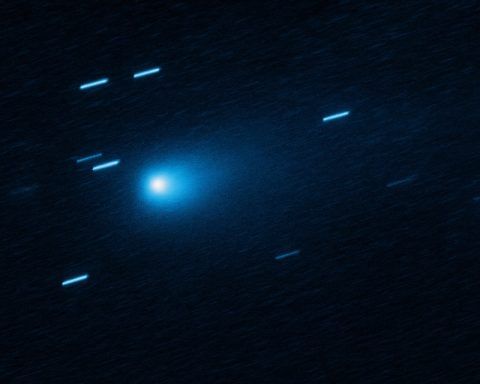
Comet 3I/ATLAS Today (Nov. 9, 2025): Post‑Perihelion Status, New Spacecraft Images, Visibility Guide — and What’s Hype vs Fact
Published: November 9, 2025 Comet 3I/ATLAS (C/2025 N1) — only the third confirmed interstellar object to sweep through our solar system — has reemerged from behind the sun and is sliding into the predawn sky this week. Fresh spacecraft imagery,
